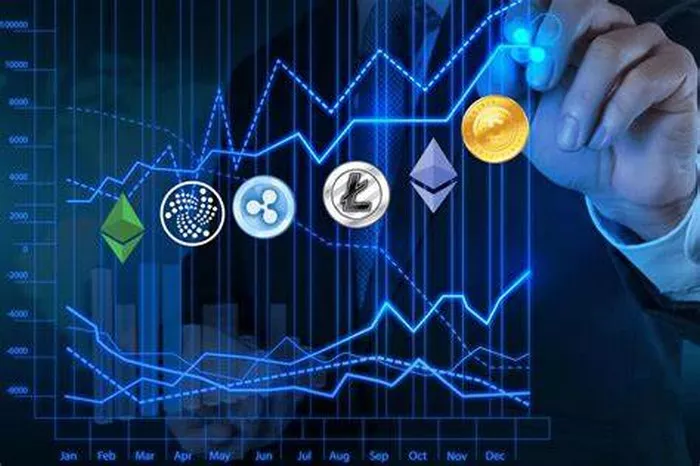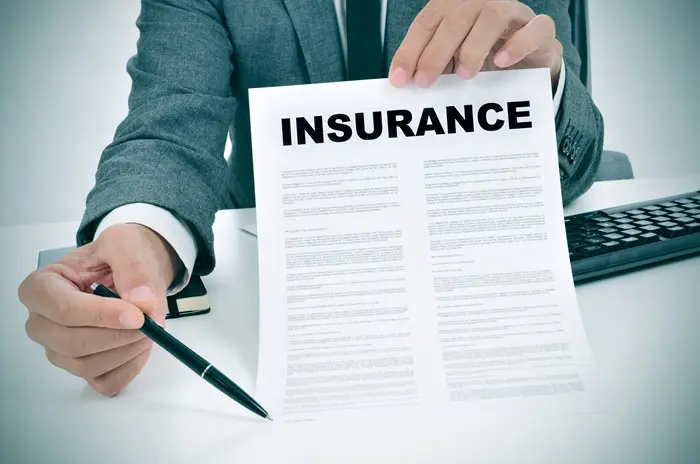The foreign exchange (Forex) market is one of the largest and most liquid financial markets in the world. With over $6 trillion traded daily, it offers vast opportunities for investors to generate returns. However, one of the most common questions that new traders ask is: How much money do you need to trade forex? This question can be complex, as the answer depends on several factors, including the type of trading strategy, leverage, risk tolerance, and trading goals.
In this article, we will explore the different factors that determine how much capital you need to start trading forex, what influences the amount of money you should trade with, and how to manage your capital effectively to minimize risk and maximize potential profits.
Understanding Forex Trading and Capital Requirements
Before we dive into the specifics of how much money is required to trade forex, it’s essential to understand how the forex market works. Forex trading involves buying and selling currencies in pairs, such as EUR/USD, GBP/USD, or USD/JPY. Each pair consists of a base currency and a quote currency. The goal of trading forex is to speculate on the price movements of one currency relative to another.
When you trade forex, you are essentially betting on the rise or fall of one currency’s value relative to another. Forex trading can be done using a brokerage account, and you can trade in the spot market or through derivative instruments like futures, options, and contracts for difference (CFDs).
Capital Requirements in Forex Trading
The capital required to start trading forex can vary depending on several factors. While there are no strict minimum requirements for forex trading, brokers typically offer different account types with varying initial deposit amounts, margin requirements, and leverage ratios.
Here are the key factors that influence how much money you need to trade forex:
Leverage: One of the defining features of the forex market is leverage, which allows traders to control larger positions with a relatively small amount of capital. Leverage can amplify both profits and losses, so understanding how leverage works is crucial in determining how much money you need to trade.
Risk Management: Proper risk management is essential for any successful forex trader. The amount of money you need to trade will depend on your risk tolerance and the risk management strategies you use, such as position sizing, stop-loss orders, and risk-to-reward ratios.
Trading Style: The amount of capital required will also depend on the type of trading strategy you adopt. For instance, day traders, swing traders, and scalpers may have different capital needs based on how frequently they trade, their target profits, and the size of their positions.
Broker Requirements: Different brokers have varying deposit and margin requirements. Some brokers may allow you to start trading with as little as $100, while others may require a higher initial deposit. Additionally, the type of account you choose (standard, mini, or micro) will also impact your capital requirements.
Let’s break down each of these factors in more detail to better understand how much money you need to start trading forex.
The Role of Leverage in Forex Trading
Leverage is one of the most powerful tools in forex trading, but it comes with significant risks. Leverage allows you to control a larger position with a smaller amount of capital. For example, if a broker offers a leverage ratio of 100:1, you can control $100,000 in currency with only $1,000 of your own capital. While this can magnify your profits, it also means that losses can be just as magnified.
How Leverage Works
Leverage is typically expressed as a ratio, such as 50:1, 100:1, or 200:1. A leverage ratio of 100:1 means that for every $1 of your own capital, you can control $100 in the market. This allows you to take larger positions with a relatively small amount of capital.
However, it’s important to note that while leverage amplifies both gains and losses, it does not change the overall size of the market position. If you trade $100,000 with 100:1 leverage, you are still controlling $100,000 in value, but you only need to provide $1,000 as margin to open the trade.
Risks of Using Leverage
Although leverage can increase potential profits, it also exposes you to higher risks. With high leverage, even small market movements can lead to significant profits or losses. As a result, leverage should be used cautiously, and risk management techniques must be employed to prevent the loss of a significant portion of your capital.
How Much Leverage Should You Use?
While brokers may offer leverage ratios as high as 500:1, many financial experts recommend using lower leverage ratios, especially for beginners. A good rule of thumb is to start with leverage ratios between 10:1 and 50:1. This provides enough flexibility to make significant trades without taking on excessive risk.
How Much Capital Do You Need to Start Trading?
The amount of money you need to start trading forex will depend on several factors, such as your leverage ratio, risk management practices, and trading style. Let’s take a closer look at the different scenarios:
1. Mini and Micro Accounts
Many brokers offer mini and micro accounts that allow traders to start with a small deposit. A micro account typically requires a deposit as low as $50 to $100, while a mini account may require a deposit of $500 to $1,000. These accounts are ideal for beginner traders who want to start small and practice trading without risking large amounts of capital.
In a micro account, the position sizes are smaller, and you can trade as little as 1,000 units of currency (also known as a micro lot). A mini account allows you to trade 10,000 units of currency (a mini lot). The smaller position sizes in these accounts mean that you don’t need a large amount of capital to start trading.
2. Standard Accounts
For traders who are more experienced and are looking to trade larger positions, a standard account may be more appropriate. A standard account typically requires a deposit of at least $1,000 to $2,000. With a standard account, you will trade standard lots (100,000 units of currency), which means that each pip movement will result in a larger profit or loss compared to micro or mini accounts.
3. Day Traders vs. Swing Traders
The capital required for day trading or swing trading can vary. Day traders typically make multiple trades per day and need sufficient capital to manage their trades effectively. For example, if you are day trading with a leverage ratio of 100:1, you may only need $1,000 to control $100,000 worth of currency. However, if you are swing trading and holding positions for several days or weeks, you may need more capital to withstand potential fluctuations in the market.
4. Risk Tolerance and Position Sizing
Your risk tolerance plays a significant role in determining how much money you need to start trading. For example, if you are comfortable with taking a 1% risk per trade, and your trading account has $1,000 in capital, then your risk per trade would be $10. The key is to balance your risk with your capital, ensuring that you don’t risk too much on any single trade.
Risk Management and Capital Allocation
Proper risk management is critical to protecting your capital when trading forex. One of the best ways to manage risk is through position sizing, which involves determining how much of your capital to allocate to each trade based on your risk tolerance.
Here are some basic guidelines for risk management:
1. Risk per Trade
A general rule of thumb is to risk no more than 1% of your trading capital on a single trade. For example, if you have $1,000 in your trading account, you should risk no more than $10 per trade. This approach helps to protect your capital and ensures that you can withstand a series of losing trades without depleting your account balance.
2. Stop-Loss Orders
A stop-loss order is a type of order that automatically closes a trade when the price moves against you by a certain amount. Stop-loss orders help to limit potential losses and protect your capital. The key to effective risk management is setting appropriate stop-loss levels based on your trading strategy and the volatility of the market.
3. Diversification
Diversification involves spreading your capital across different currency pairs or asset classes to reduce the risk of a single position affecting your overall account. By trading multiple currency pairs with varying correlations, you can minimize the impact of any one trade on your overall portfolio.
Conclusion
The amount of money you need to trade forex varies depending on several factors, including your trading style, leverage, risk management practices, and the broker you choose. While you can start trading with as little as $50 to $100 in a micro account, many experienced traders opt for larger accounts with higher capital requirements.
To succeed in forex trading, it’s essential to use leverage cautiously, manage risk effectively, and start with an amount of capital that you can afford to lose. By following proper risk management practices and choosing the right trading strategy, you can maximize your potential for success while minimizing the risk to your capital.
Forex trading offers significant opportunities, but it also requires careful planning and discipline. Whether you’re a beginner or an experienced trader, understanding how much money you need to trade forex is an important first step in your trading journey.
Related topics:

































